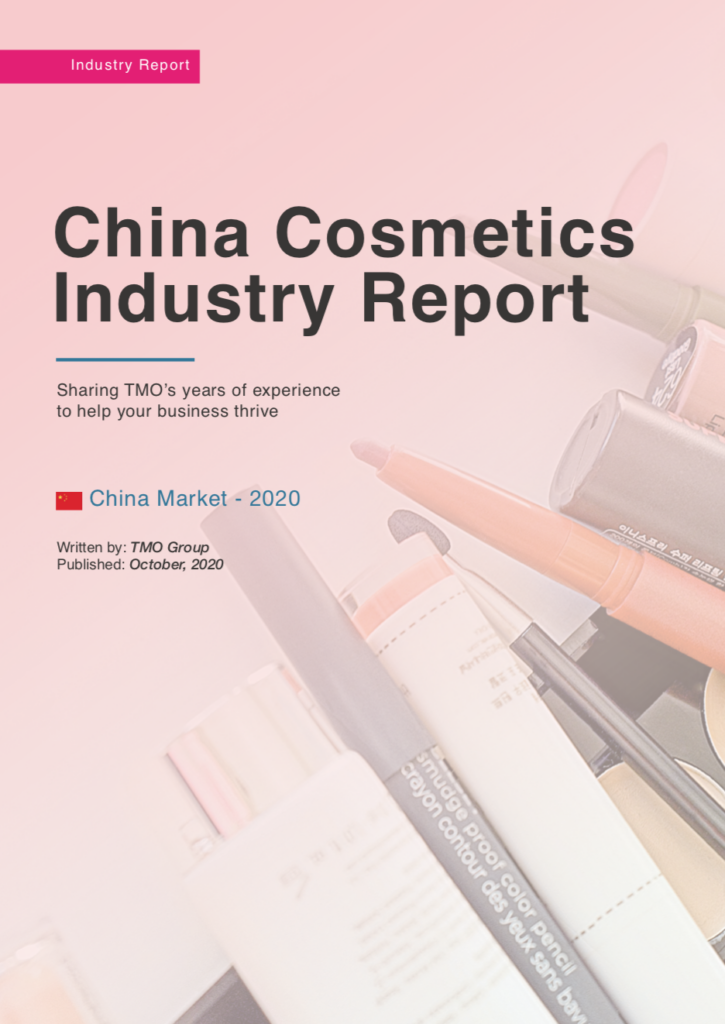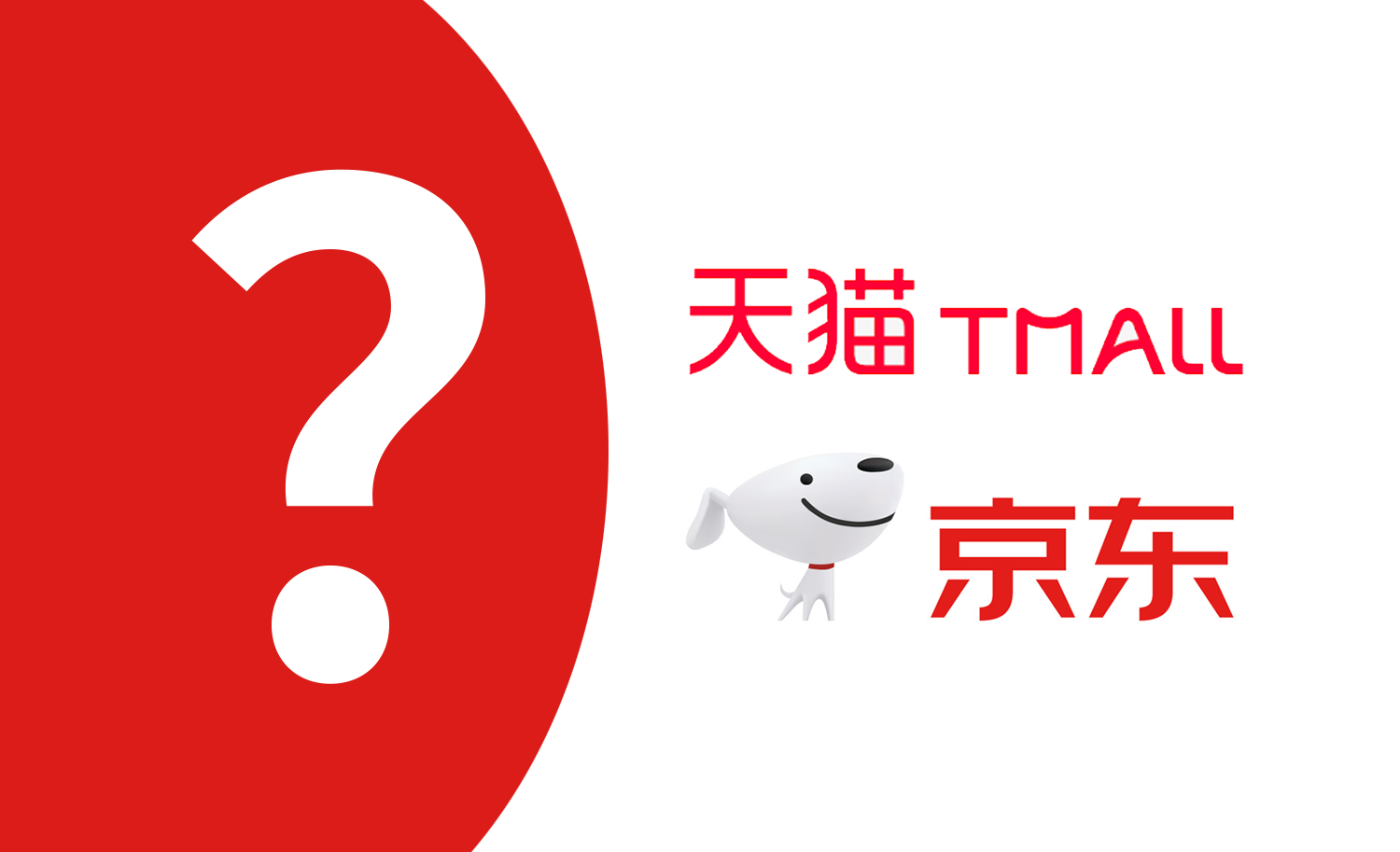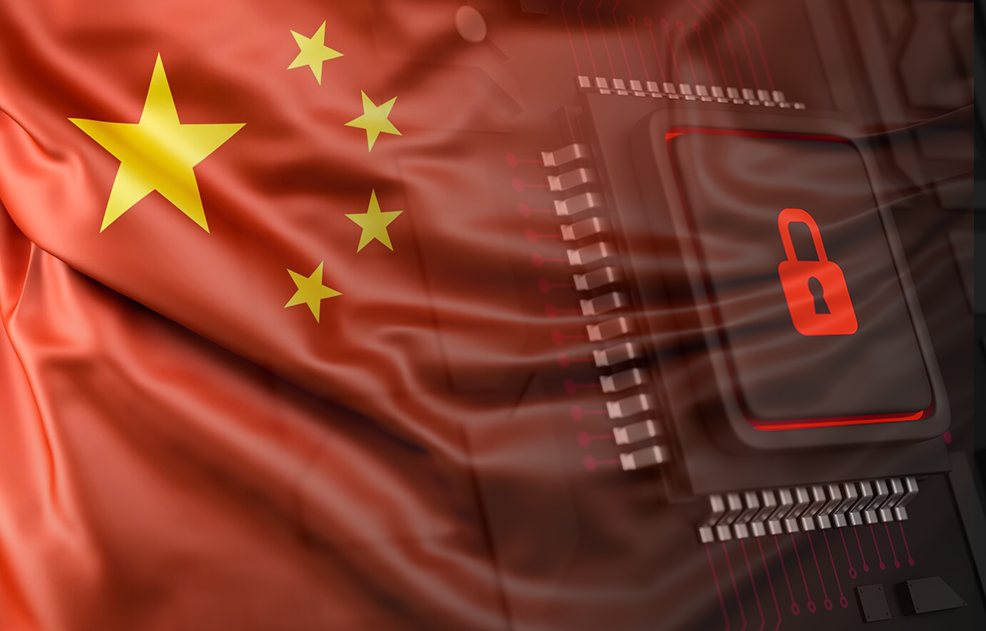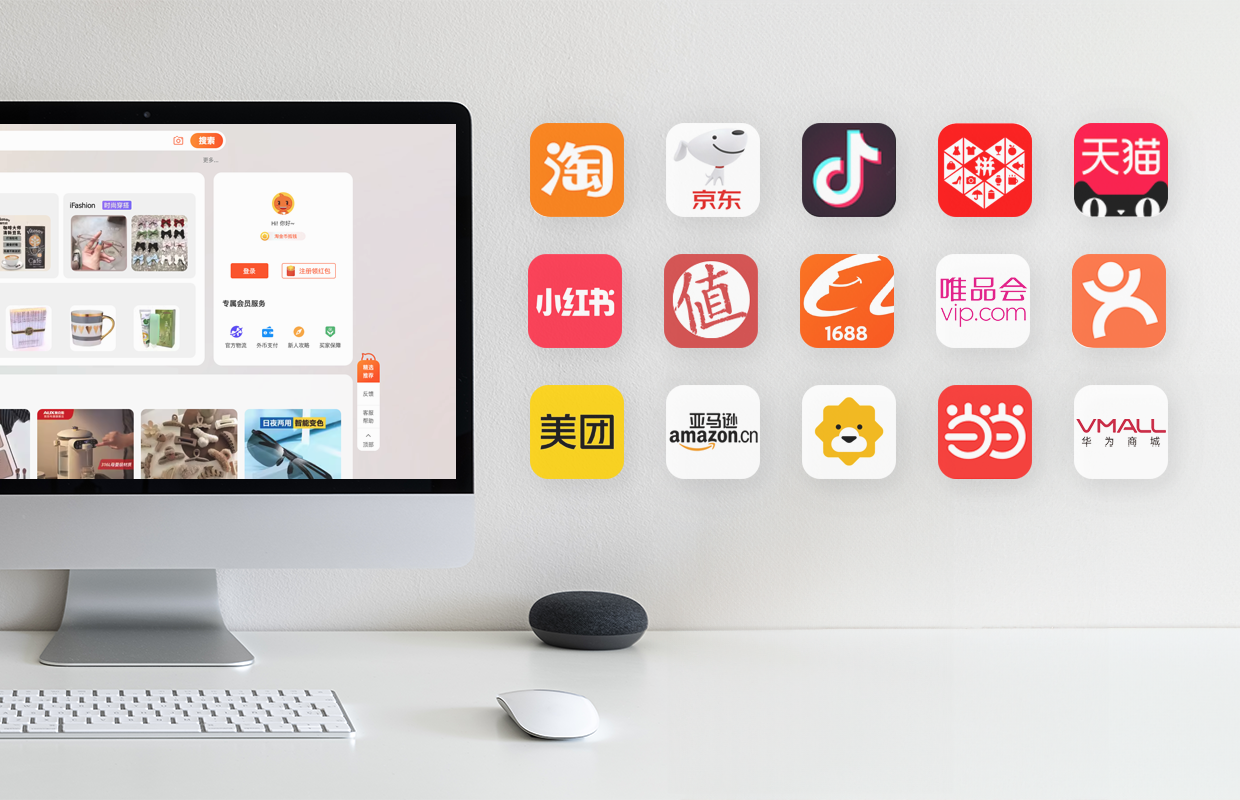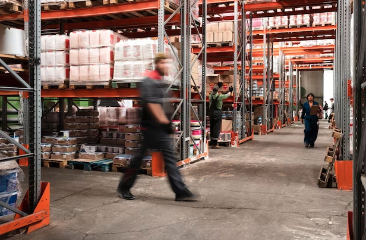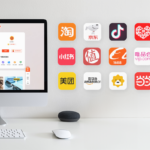Background
Alibaba data shows that the penetration rate of Tmall merchant live-streaming during fiscal year 2019 reached 50%. Meanwhile, the gross merchandise volume (GMV) of live-streaming on Taobao exceeded 100 billion RMB. The penetration rate for merchants selling beauty products was particularly high.
During the 618 sales in 2019, 80% of Tmall beauty and cosmetics businesses used Taobao live-streaming, shattering previous records. In 2020, new records were set again. The number of merchants increased by 160% and active users increased by 470%.
This "eCommerce + live-streaming" model has been on the rise since it first emerged some years ago. After Taobao's "Mushroom House" channel (which saw investment in nurturing live-streaming celebrity talent) began to show results, NetEase Koala, Xiaohongshu, Zhihu, Douyin, and Kuaishou also jumped on board the trend. By the end of 2020, China's live-streaming eCommerce market is on track to reach 961 billion RMB.
Foreign platforms have also begun to step up their rollout of eCommerce live-streaming functionality, such as Instagram, but due to how late in the day they're dipping their toes into this concept, most of them are remain in the initial stage. At present, most only focus on live-streaming as an additional merchandise sales channel, and are taking only minimal strides towards systematic celebrity training or supply chain support.
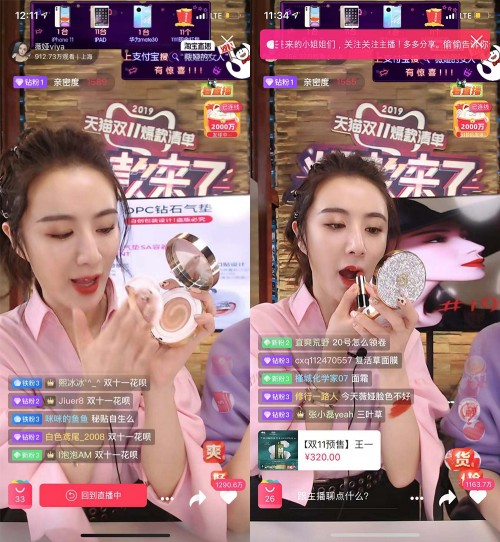
Why Is Live-Streaming Such a Hit in the Cosmetics Industry?
There are three main reasons for the explosive growth of eCommerce live-streaming in the Chinese cosmetics industry. These are consumption habits, content upgrade, and technological iteration.
- Consumption habits. The latest generation of consumers has grown up during the rapid rise of short videos and live-streaming. They prefer intuitive and interactive consumption methods, and they prefer mobile online consumption.
- Content upgrade. The simple "image + explanation" layout of traditional online stores is no longer king. The eCommerce content format used by live-streaming is optimized better towards fun and diverse interactions.
- Technological iteration. The 5G era brings with it a better viewing experience. The continuous development of smart phones and live-streaming equipment provides the hardware foundation for this.
In addition, cosmetics live-streaming differs significantly from offline sales channels. The important factor that leads consumers to impulse-buying is the diversification of streamers. Consumers can pick and choose their favorite streamers to watch. This results in a higher conversion rate than offline sales or simply watching online shopping channels. Cosmetics eCommerce live-streaming tends to be more professional, intuitive and entertaining than other markets like gaming or nutrition. It is also currently one of the few industries most suitable for transforming live-streaming views into sales.
According to statistics from Li Jiaqi and Wei Ya's live-stream on the first night of the pre-sale event for 2019's Double Eleven shopping festival, cosmetics products accounted for 82.06% and 45.61% of total sales, respectively. The two streamers have also demonstrated similar trends when it comes to live-streaming sales breakdowns over the past year. Cosmetics are the category with the largest proportion of sales, at 25% and 36% respectively. This falls in line with the general trend towards the cosmetics industry dominating eCommerce live-streaming channels.
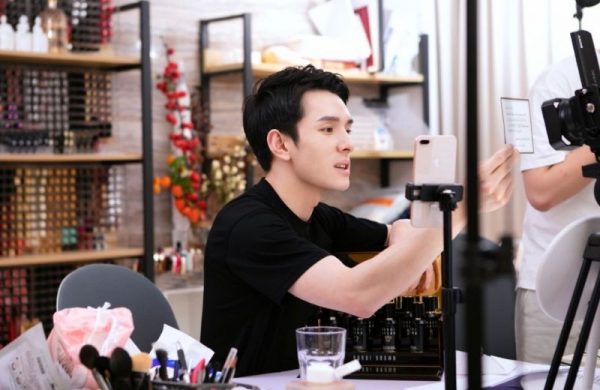
The Cosmetics Live-Streaming Ecosystem
eCommerce platforms have grown to become the largest sales channel for cosmetics. Today, live-streaming comprises nearly 50% of online orders due to an impressively high conversion rate. Indeed it is apparent that traditional brick & mortar or even eCommerce stores are being supplanted. Today, short video marketing, live-streaming, social eCommerce, O2O, omni-channel, and so on are gradually becoming future transformation directions for the cosmetics industry. "Live streaming + eCommerce" is racing ahead of the pack. It has already become the new reality for Chinese cosmetics, with a powerful grip over consumers.
Some define the essence of eCommerce live-streaming as more than just "content + eCommerce". There's also how it reshapes the relationships between "people, goods, and locations". And also the way it removes the traditional restrictions placed on users, brands, and scenarios. The current industrial chain of China's eCommerce live-streaming industry is composed of live-streaming platforms, streamers, multi-channel network (MCN) companies (promotional agents that work with video platforms), brands, supply chains, consumers, and so on (the platform is the organizer, and the streamers and MCNs are the content producers).
Top VS mid-level streamers
Although the currently popular streamers are still fairly centralized, the scarcity of top streamers is significant. There is also a considerable gap between the top streamers and those in the middle. This is possibly due to how time-consuming it is to nurture new streamers or for streamers to grow their own fanbase, as well as how few mature live-streaming platforms currently exist. But this may also be because top streamers are able to offer many more attractive discounts to their fans, which makes it harder for newer or smaller streamers to compete and grow.
Top streamers tend to have very strict requirements on product conversion rate, sales GMV, and quality control. They also tend to only cooperate with well-known beauty groups or high reputation brands. The products from these partnerships in turn tend to be most attractive to viewers.
The current status quo in cosmetics live-streaming seems fairly stable for now, which is good for cosmetics brands and consolidates existing traffic advantages. It is also conducive to brand owners to achieve consistent traffic between different platforms.

Surging Growth in the Face of the Pandemic
When the CoViD-19 pandemic first hit, the revenue of all cosmetics brands declined to varying degrees. According to the first quarter 2020 performance report from L'Oréal Group, the revenue of the group during this time fell by 4.8%.
However, the Chinese cosmetics market actually ended up bucking the global trend. Despite the initial shrink during the pandemic period, it achieved a year-on-year increase of 6.4%. This phenomenon not only proves once again that the Chinese market has its own unique characteristics compared to other markets. It also reflects how parts of the Chinese economy saw stimulation during the pandemic, especially the cosmetics live-streaming industry. The number of cosmetics live-streaming merchants that took part in the ‘618’ Tmall sales event increased by 160% over the previous year, and three of the top ten brands belong to the L'Oréal Group.
In the rankings of skin-care brands, international brands continue to occupy the top spots. The top five brands in the monthly sales rankings for the first half of the year always include L'Oreal and Lancome. The former holds firmly onto first its first place position, while the latter always appears among the top four. China's emerging local brands such as Perfect Diary and Huaxizi also stayed fairly stable in the top rankings, while international cosmetics brands such as YSL, Armani, and MAC saw lower ranks due to their higher prices. However, these still posted strong sales, relying on their flagship stores' high-quality live-streaming capabilities.
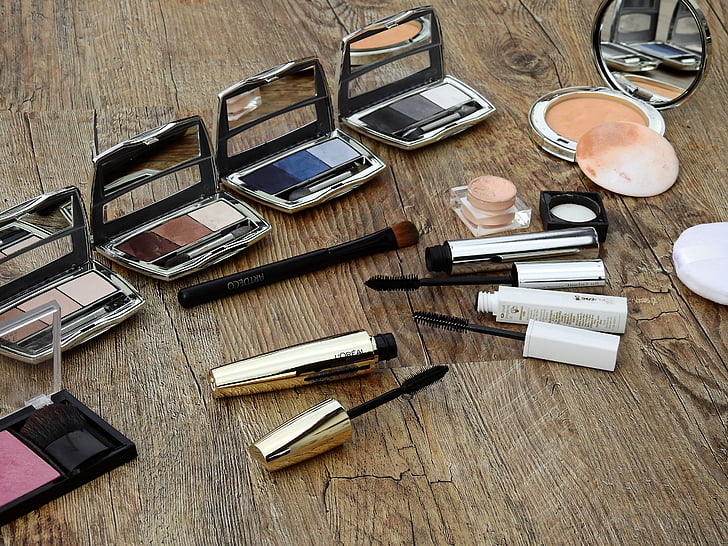
Business Opportunities
According to a report from Guotai Junan Research, in the first quarter of 2020, retail sales of beauty & cosmetics dropped less than any other 'optional consumption' category (beauty, clothing, jewelry, home appliances and automobiles), with a decline of 13%. This was when these categories mostly saw significant declines, as consumers avoided luxury purchases.
The fact that since 2018, eCommerce has become the largest channel for cosmetics, made it possible for the cosmetics market to resist the negative impact of this pandemic. This is because consumption habits had already shifted to the safer online channels and weren't so affected by brick & mortar store closures during lockdown. This represents both an opportunity and a challenge for many small and medium-sized cosmetics brands. Brands wanting to avoid the high costs involved with top streamer promotions can cooperate with smaller channels through MCNs. Brands can use these in a mutually beneficial manner. The MCNs cultivate less famous streamers, while the brand provides these streamers with content and products to promote.
There are currently two main types of live-streaming platforms: those based on eCommerce platforms such as Taobao and Tmall, and live-streaming social media platforms like short video platform Douyin (TikTok in the West). The two platforms have different live-streaming sales methods and processes. Additionally, the profit sharing ratio of each link of the industry chain for the two platforms is different. This is likely due to the different stages of development each channel has gone through.
eCommerce live-streaming platforms VS social live-streaming platforms
eCommerce live-streaming on Taobao is relatively mature. The upstream of the industry chain is dominated by brand owners, the midstream is dominated by merchants doing their own live-streaming and supplemented by professional streamers, and the downstream is consumers. There are three main modes of carrying goods. Self-broadcasting merchants mainly use their own internal personnel to live-stream their own store's goods; streamers mostly cooperate with MCN agencies to connect them with brands/goods to promote; and some top streamers also directly connect with brands or merchants to provide them with goods and share in the profit from sales. Perhaps as a result of this maturity, data shows that 88% of ordinary consumers choose Taobao/Tmall as their first choice for live-stream shopping.
The social platform eCommerce model represented by Kuaishou and Douyin is still in the early stages of development. The upstream of the industrial chain is brand merchants, factories and industrial bases, the middle reaches are made up of streamers and MCN agencies, and the downstream are consumers. In the industry chain, Kuaishou/Douyin handles the direct consumer-facing interaction and entertainment, and external eCommerce platforms are mainly responsible for order placement, payment, and logistics. In addition, there are two modes of carrying goods. Most lower-level eCommerce streamers don't usually partner with external MCN agencies, and tend to directly connect upstream. And then some top and mid-level dreamers do cooperate with MCNs, which provide corresponding services such as Internet celebrity nurturing, content output, promotion and marketing, and supply chain/brand management.
Want to learn more about the Cosmetics industry in China? Check out our free 70-page China Cosmetics Industry ReportThis report takes a broad view of the market for cosmetics in China: trends, statistics, analysis; overview of China cosmetics market entry.China Cosmetics Industry Report!


